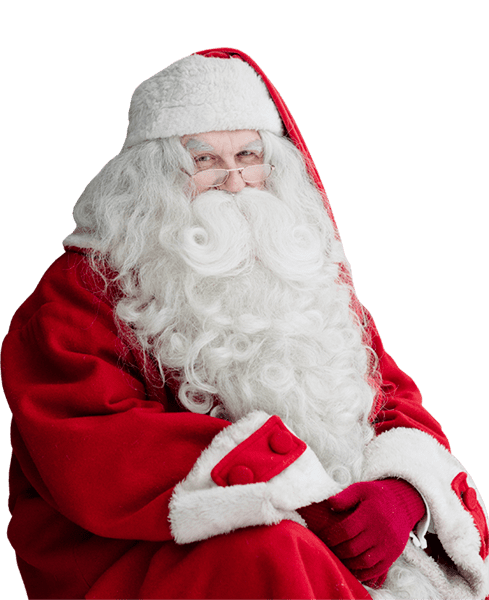 | ||
Joulupukki valkoparta
Joulupukki is a Finnish Christmas figure. The name "Joulupukki" literally means "Christmas goat" or "Yule Goat" in Finnish; the word pukki comes from the Teutonic root bock, which is a cognate of the English "buck", and means "billy-goat". An old Scandinavian custom, the figure eventually became more or less conflated with Santa Claus.
Contents
- Joulupukki valkoparta
- Joulupukki ja porot joulu ja joulupukin porojen salaisuudet lappi rovaniemi korvatunturi
- Origins and description
- Home
- Trivia
- Joulupukkis other side
- References
Joulupukki ja porot joulu ja joulupukin porojen salaisuudet lappi rovaniemi korvatunturi
Origins and description
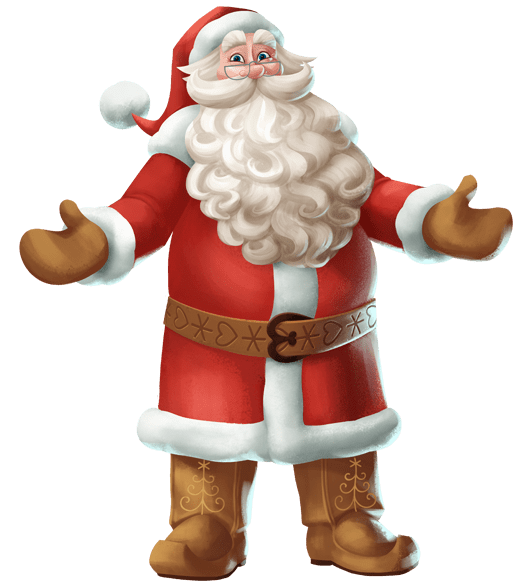
The Joulupukki or "Yule Goat" is originally a pagan tradition. He is connected to Wōden of norse mythology and said to wear tight red leather pants and a tight fur trimmed red leather coat. On the Winter Solstice, going by the names of Jólnir (yule figure) and Langbarðr (long-beard), Wōden led the Wild Hunt accompanied by Thor driving his flying wagon drawn by goat bucks. The Joulupukki may also be a man turned into a goat-man on Christmas Eve, as seen in Elsa Beskow's Peter and Lotta's Christmas. There persists today in some parts of Finland the custom of persons dressing in goat costume to perform in return for leftover food after Christmas. Historically, such a person was an older man, and the tradition refers to him as a nuuttipukki.
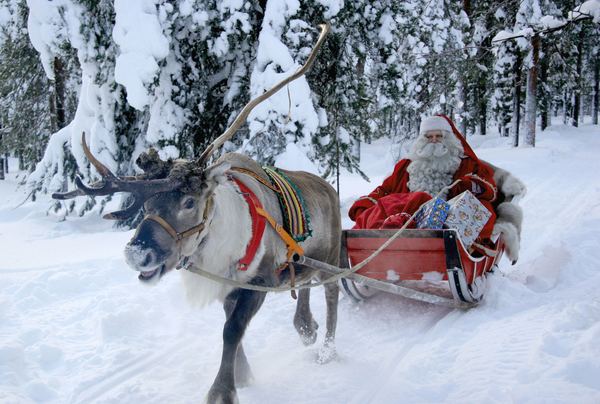
He usually wears warm red robes (but with a broad band of blue near the fur), uses a walking stick, and travels in a sleigh pulled by a number of reindeer, which cannot fly like Santa Claus's fleet. In Lapland, his mount is a pulkka rather than a sleigh. The popular holiday song "Rudolph the Red-Nosed Reindeer", in its Finnish translation, Petteri Punakuono, has led to Rudolph's general acceptance in Finland as Joulupukki's lead reindeer. Joulupukki is often mentioned as having a wife, Joulumuori ("Old Lady Christmas"), but tradition says little of her.
Home
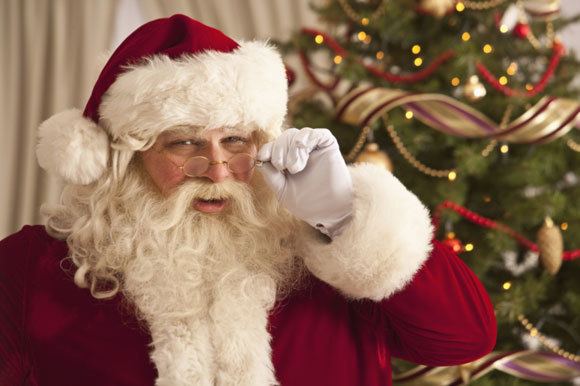
Joulupukki and his wife live and work in Korvatunturi, in Lapland. His assistants are called tonttu, or more precisely joulutonttu (from Swedish tomte); they are not elves, but are essentially human, often dwarflike in character. In later developments, the joulutonttu also ride goats.
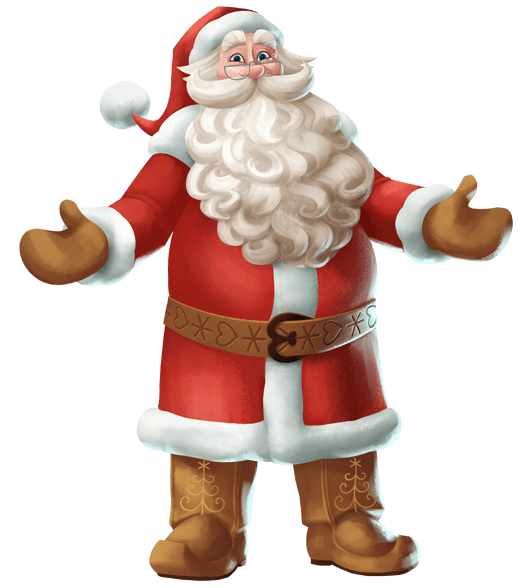
Their attire resembles Joulupukki's, and males also sport a white beard, but joulutonttu are often smaller in size and may be of any age and either gender. While only a rather large, aged man can convincingly dress as Joulupukki, most other people can dress as a joulutonttu, with less special attire required.
Trivia
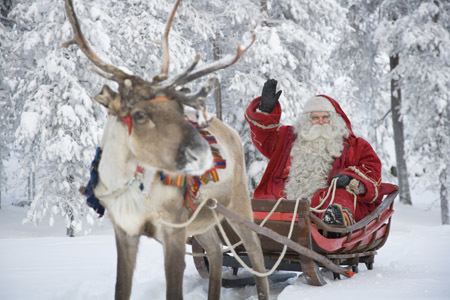
Joulupukki's other side
Pagans used to have festivities to honour the return of the sun and some believe Joulupukki is the earliest form of present-day Santa. The Yule Goat was thought by some to be an ugly creature and frightened children while others believe it was an invisible creature that helped prepare for Yule.
Most theorists believe when Christianity began incorporating Pagan ways into their festivals in order to justify the action, they merged the Pagan figure with an already existing Catholic legend known as Saint Nicholas to create Santa Claus.
Popular radio programs from the year 1927 onwards probably had great influence in reformatting the concept with the Santa-like costume, reindeer and Korvatunturi as its dwelling place. Because there really are reindeer in Finland, and Finns live up North, the popular American cult took root in Finland very quickly.
